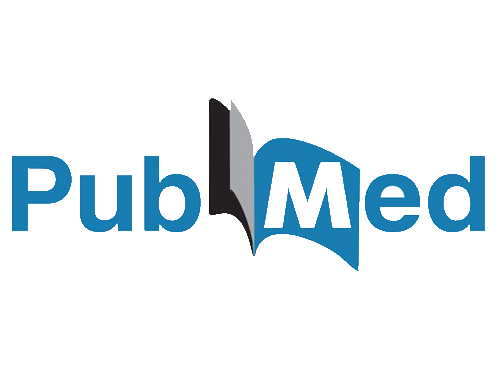[Epub ahead of print]
 Identification of the GPR55 Antagonist Binding Site Using a Novel Set of High Potency GPR55 Selective Ligands.
Identification of the GPR55 Antagonist Binding Site Using a Novel Set of High Potency GPR55 Selective Ligands.
Kotsikorou E, Sharir H, Shore DM, Hurst DP, Lynch DL, Madrigal KE, Heynen-Genel S, Milan LB, Chung TD, Seltzman HH, Bai Y, Caron MG,Barak LS, Croatt MP, Abood ME, Reggio PH.
Abstract
GPR55 is a Class A G protein-coupled receptor (GPCR), highly expressed in human striatum that has been implicated in inflammatory pain, neuropathic pain, metabolic disorder, bone development and cancer. While there is increasing evidence for physiological and pathophysiological roles for GPR55, the paucity of specific antagonists has limited its study. From a β-arrestin, high-throughput, high-content screen of ~300,000 compounds run in collaboration with the Molecular Libraries Probe Production Centers Network initiative, we identified a series of GPR55 antagonists that belong to novel, GPR55 antagonist chemotypes with IC50s in the 0.16 to 2.72 μM range (Heynen-Genel, et al., (2010) “Screening for Selective Ligands for GPR55 – Antagonists” [ML191, ML192, ML193] Bookshelf ID: NBK66153; PMID: 22091481). Importantly, many of the GPR55 antagonists were completely selective, with no observed agonism or antagonism against GPR35, CB1 or CB2 up to 20 μM. By modeling the GPR55 inactive state, we compared the GPR55 binding conformations of a series of antagonists that emerged from this screen. Our modeling indicates that these ligands possess a broad head region that occupies a horizontal binding pocket near the extracellular end of GPR55. This is connected to a central portion that can fit vertically in the receptor binding pocket, terminating in a pendant aromatic or heterocyclic ring that juts out from the central portion of the molecule. It is this pendant ring that renders these ligands, antagonists. Our results will enable second generation GPR55 ligand design and provide a means for distinguishing GPR55 selective ligands from those interacting with cannabinoid receptors.
- PMID:
- 24274581
- [PubMed – as supplied by publisher]

